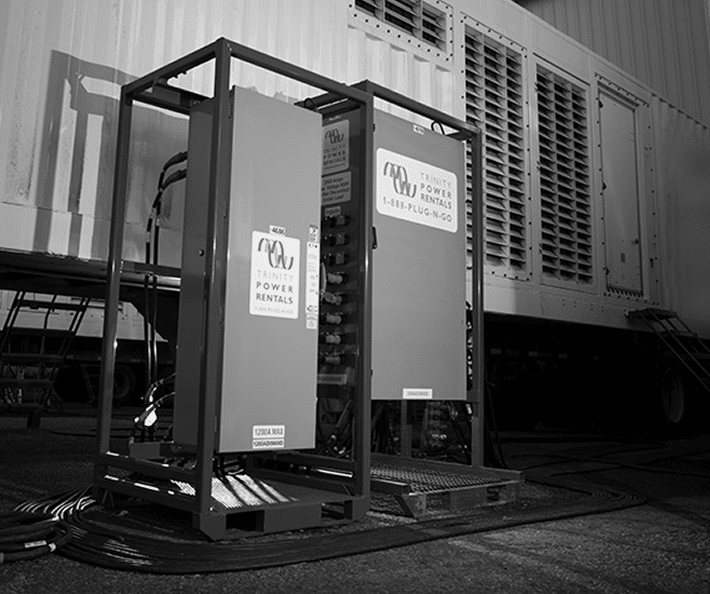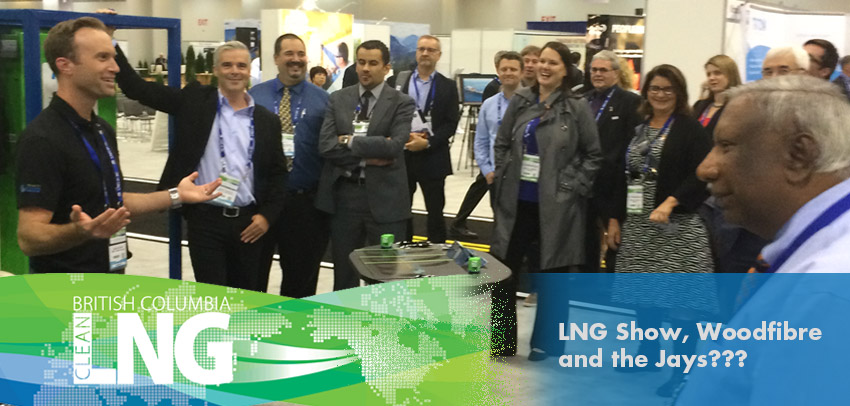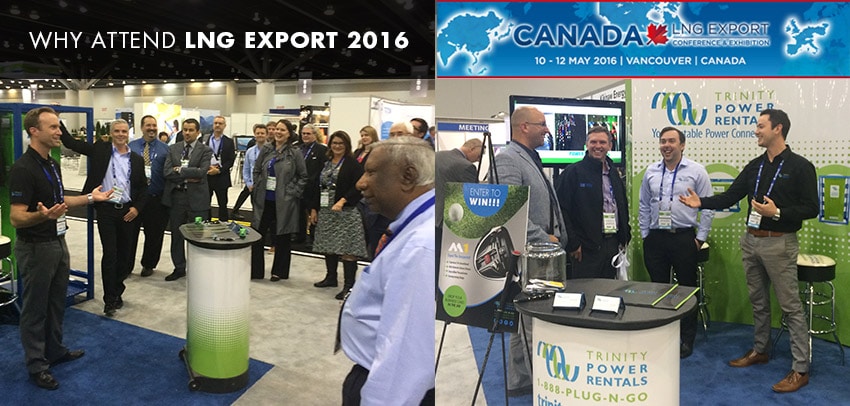- OUR APPROACH
-
COMMITTED TO YOUR SUCCESS
Our approach, developed over decades of experience, is fine-tuned to get the results you want.
We deliver concept-to-completion solutions, designed by temporary power specialists with access to the largest inventory of high-quality power generation and distribution equipment in North America.
-
- Equipment
-
RENTALS
From a wide range of diesel and natural gas generators to transformers, cable, light towers and more, our large rental fleet and extensive vendor network ensure we’ll have the temporary power equipment that your project requires — every time.

-
- Industries
-
INDUSTRIES WE SERVE
For nearly 20 years, we have been at work powering projects across Canada’s industrial sectors.
Select from this sampling of industries to learn how we can put our expertise to work for you.
VIEW ALL- Projects
- About
-
A PROUD HISTORY. A BRIGHT FUTURE.
From our inception in 1998, we have been building our team on a foundation of excellence. Our team members’ passion, expertise and commitment are what have allowed us to grow into a national company with projects across Canada.
Click on the links to learn more about our history, our team or our career opportunities.
- Blog
- Contact
-
There are 19 proposed LNG projects in British Columbia, most heavily backed by consortiums of international energy giants in partnership with Canadian energy investors and FortisBC. Many of these proposed projects are large in scale, with budgets in the $10 billion–$20 billion range, and are located in northern BC in the vicinity of Prince Rupert and Kitimat.
The downturn in gas prices, accompanied by rising development costs, shifting corporate priorities, and other potential BC tax, infrastructure and skilled labour issues, has placed some of these multi-billion dollar projects—among them the high profile Pacific Northwest LNG project—on hold, or has significantly delayed FID (final investment decision).
That said, the LNG project voted “Most Likely To Succeed” is still Woodfibre LNG. Located on the site of a former Western Forest Products pulp mill on the BC coast, the proposed Woodfibre site is just off Howe Sound in the District of Squamish. With FID originally slated for 2014 and with operations expected to start in 2017, the Woodfibre LNG project had until recently seemed on track as the front-runner in the LNG race.
The 86-hectare industrial site was purchased from WFP in early 2013 by Pacific Oil & Gas, a Singapore-based company, through its Canadian subsidiary Woodfibre LNG Export Pte. Ltd. for an estimated $17 million. Based on the existing infrastructure, the site has a 600-kilometre pipeline network, a FortisBC gas pipeline supply, an electricity transmission line connected to the BC Hydro grid, and a deep-water port. About 75 kilometres north of Vancouver, the proposed $1.6 billion plant has a licensed export capacity of 2.1 million tonnes a year.
Woodfibre LNG fast tracked through the initial technical assessment phase of the project with FortisBC by the end of 2013, determining that the existing site infrastructure could be easily converted, upgraded, and expanded for LNG. The project then went to a provincial and federal environmental assessment process (taking potentially up to 18 months), which is where it currently sits.
The FortisBC assessment had supported the construction of a 52-kilometre pipeline to carry an additional 220 million standard cubic feet per day of natural gas, for up to 40 tanker export shipments per year. The pipeline construction would add new pipe beginning in northern Coquitlam and ending at the existing Woodfibre site southwest of Squamish, as well as upgrading the existing compressor stations in Coquitlam and building a new compressor station in Squamish. This FortisBC Eagle Mountain Woodfibre Gas Pipeline Project is still currently pending environmental certification under the BC Environmental Assessment Act (BCEAA).
On top of the provincial and federal environmental regulatory process, the Squamish First Nation conducted its own independent environmental assessment in early 2015. As of last month, the B.C. Environmental Assessment Office had suspended its review of the Woodfibre LNG project (according to a recent Vancouver Sun article), to provide more time for the company to respond to concerns raised by the Squamish First Nation—now seeking a legally binding “certificate of project approval” with Woodfibre LNG to ensure their conditions are addressed. These conditions include reducing the impact of the project’s seawater cooling discharge system on marine life, relocating a compressor station, routing a pipeline so it avoids a wildlife management area, and insurance coverage in the case of an industrial spill or explosion.
An article from The Globe and Mail reports that the Squamish First Nation has now opted to delay a vote on greenlighting the Woodfibre LNG project to the fall of 2015. The same article mentions that the launch date for Woodfibre LNG has been postponed to 2018.
Byng Giraud, Woodfibre LNG vice president of corporate affairs, remains optimistic; he is quoted in a Georgia Straight article as saying he expects the project to be in “heavy construction” around 2017. He adds that the original timeline of going into operation in early 2017 is “probably not achievable,” but that the company still aims to obtain the required environmental assessment certificate and make an FID before the end of 2015.
According to the Woodfibre LNG corporate website, the project will create more than 650 jobs per year during a two year construction and retrofitting period, and approximately 100 full time jobs (in shifts) for more than 25 years, including office administration positions in Squamish and Vancouver. This job creation, as well as commercial tax income to the District of Squamish, are considered the main economic incentives to the area from the Woodbridge LNG project. The population of Squamish has grown by more than 14 percent in the last decade.
Related Articles
Subscribe for Access to Exclusive Content
Get insider updates, industry news, special equipment offers, and expert tips—directly to your inbox.
"*" indicates required fields




















